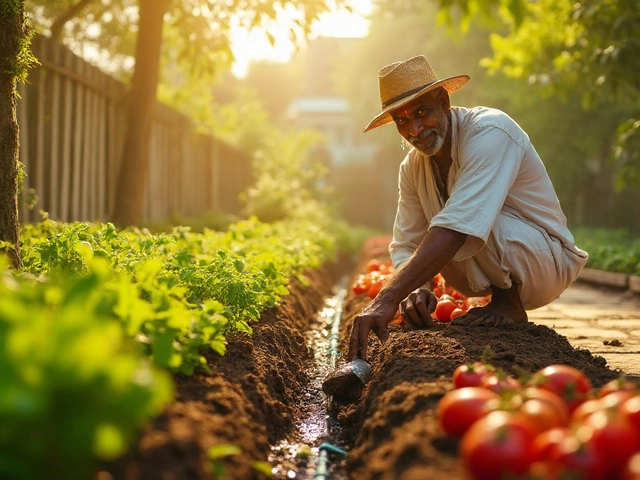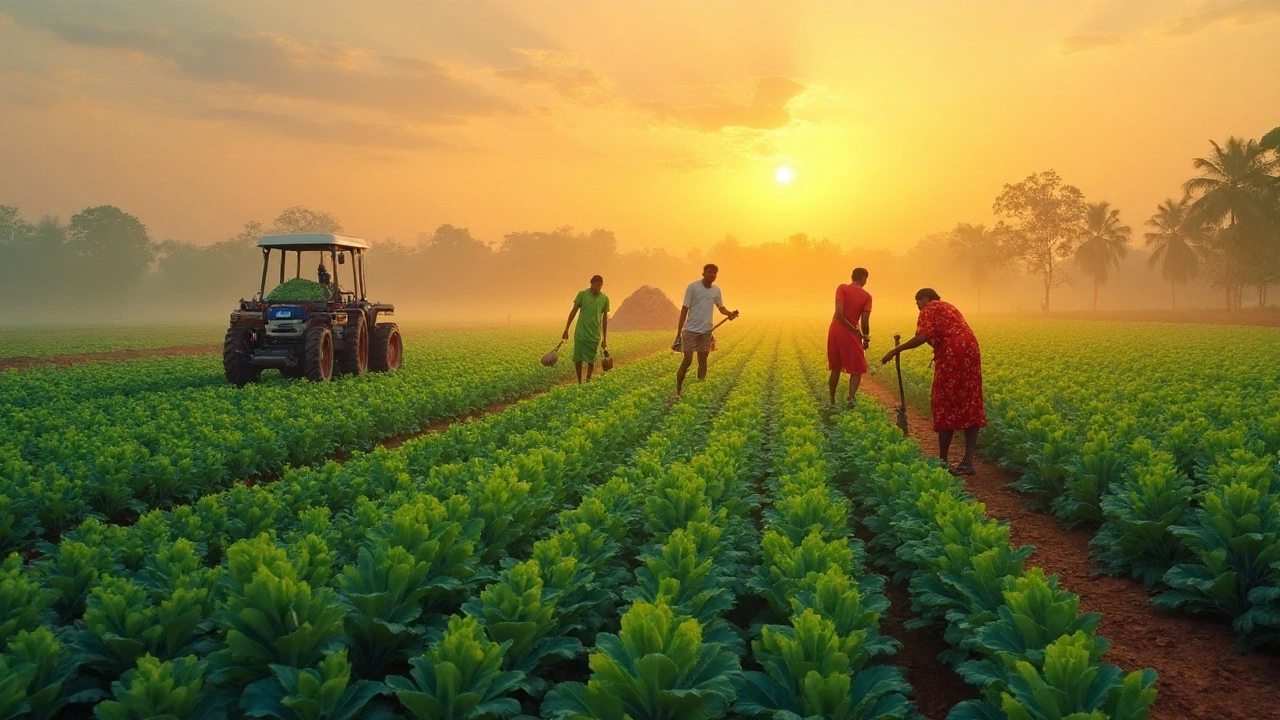Broccoli Farming in India – Simple Guide for a Healthy Harvest
Broccoli is becoming a favorite veg in Indian kitchens because it packs lots of nutrients and tastes great. If you’re thinking of planting it in your farm or backyard, you don’t need a PhD in agriculture. This guide breaks down everything you need – from soil prep to harvest – in plain, everyday language.
Choosing the Right Variety and Soil
First, pick a variety that matches your region. In the north, where winters are cool, the “Calabrese” type works well. In the south, look for heat‑tolerant hybrids like ‘Pusa Hybrid 214’. The right variety avoids a lot of hassle later.
Broccoli loves well‑drained, loamy soil with a pH between 6.0 and 7.0. If your land is heavy clay, mix in sand and compost to improve texture. A simple soil test can tell you the pH – most local agri‑offices offer it for free.
Before you sow, add 2–3 kg of well‑rotted farmyard manure per 100 sq m. This gives the seedlings the nutrients they need for strong growth. Spread the manure, lightly till, and level the ground.
Planting, Watering, and Pest Management
Start seeds in a nursery bed about 3 cm deep, 30 cm apart. After 4–5 weeks, when seedlings have 3–4 true leaves, transplant them to the field. Space the plants 45 cm apart in rows 75 cm apart. This spacing lets air flow, reducing disease risk.
Watering is key. Broccoli needs consistent moisture, especially during head formation. Aim for 25‑30 mm of water per week, either from rain or drip irrigation. Avoid waterlogging – it can rot the roots.
Pests you’ll see most often are aphids, cabbage loopers, and flea beetles. A cheap and safe solution is a neem‑based spray every 7‑10 days. For aphids, a strong jet of water can knock them off the leaves. Rotate broccoli with legumes or cereals each season to break pest cycles.
Diseases like downy mildew thrive in humid conditions. Planting in well‑ventilated rows and avoiding overhead watering helps. If you spot yellow spots, spray a copper‑based fungicide as per label instructions.
Harvest time comes 70‑90 days after transplant, depending on variety and weather. The head is ready when the buds are firm and compact, usually when the central head is about 15 cm in diameter. Cut the head with a sharp knife, leaving a few outer leaves attached to protect the stem.
After the main harvest, many varieties produce side shoots that can be harvested again in 3‑4 weeks. This gives you a second, smaller crop without re‑planting.
To store harvested heads, keep them cool (around 0‑4 °C) and humid. A simple ice‑box or refrigerated room works. If you need to keep them longer, blanch and freeze – broccoli holds its flavor well.
Overall, broccoli farming in India is doable for smallholders and larger farms alike. Pick the right variety, prepare the soil, water steadily, and manage pests with natural sprays. Follow these steps and you’ll enjoy a steady supply of fresh, nutritious broccoli for your market or family kitchen.
Broccoli Farming in India: Profit Secrets, Tips, and Market Dynamics
Curious if broccoli farming pays off in India? Here’s the real scoop, from costs, profits, market quirks, to practical tips for top yields and success in 2025.
About
Vegetable Gardening
Latest Posts
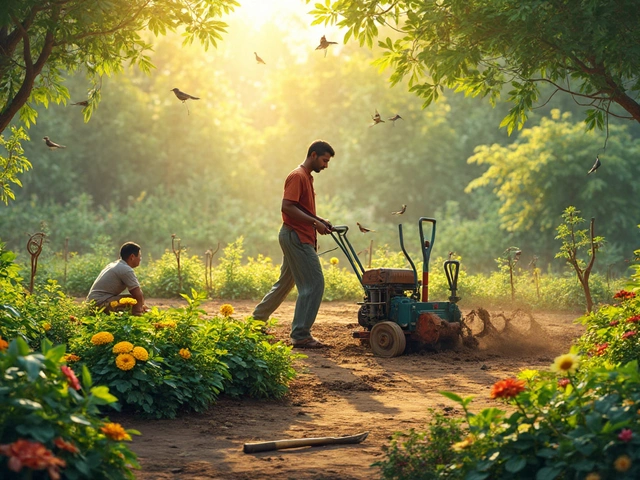

Revive Your Indoor Garden: Expert Tips for Restoring Plants
By Alden Thorne Jan 15, 2025
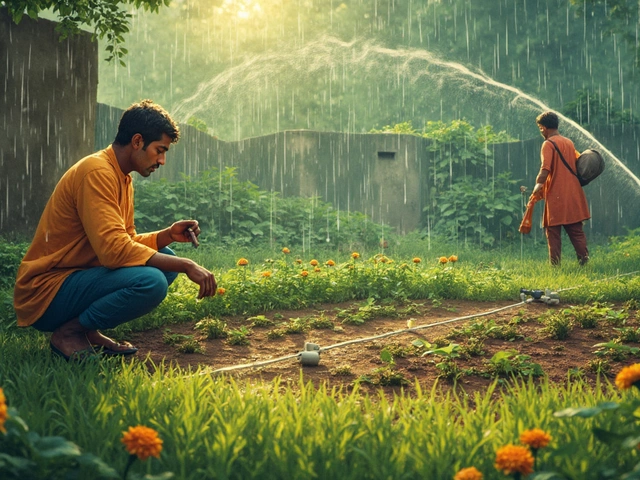
Underground Sprinklers: Are They Really Worth the Investment?
By Alden Thorne May 4, 2025
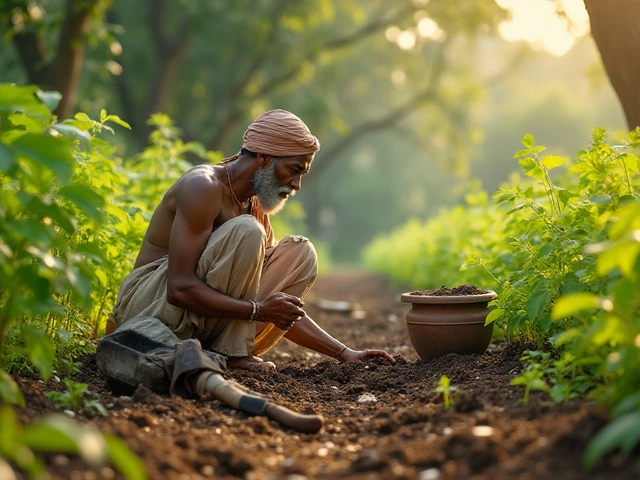
Revitalizing Old Soil: Tips for a Thriving Garden
By Alden Thorne Jan 16, 2025
